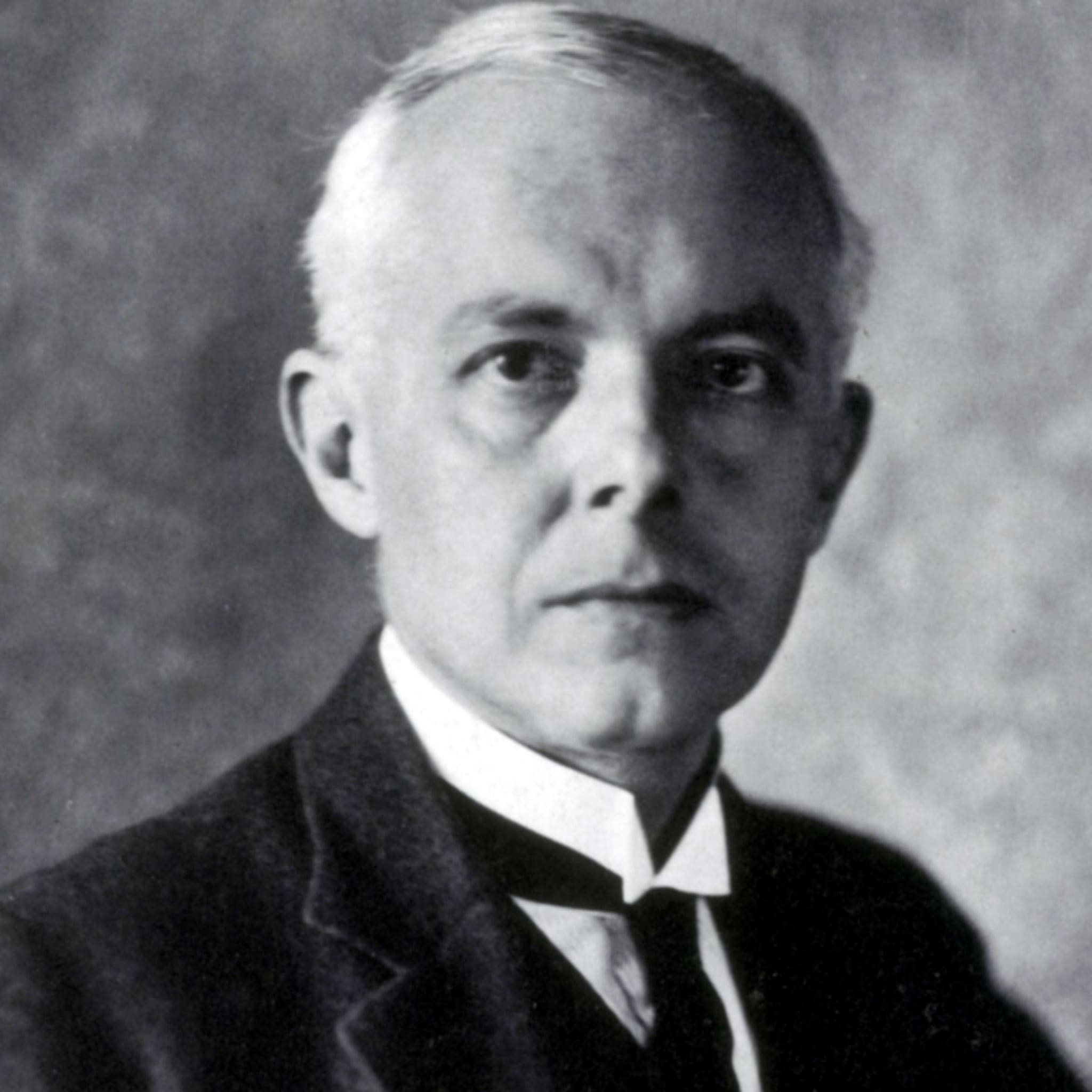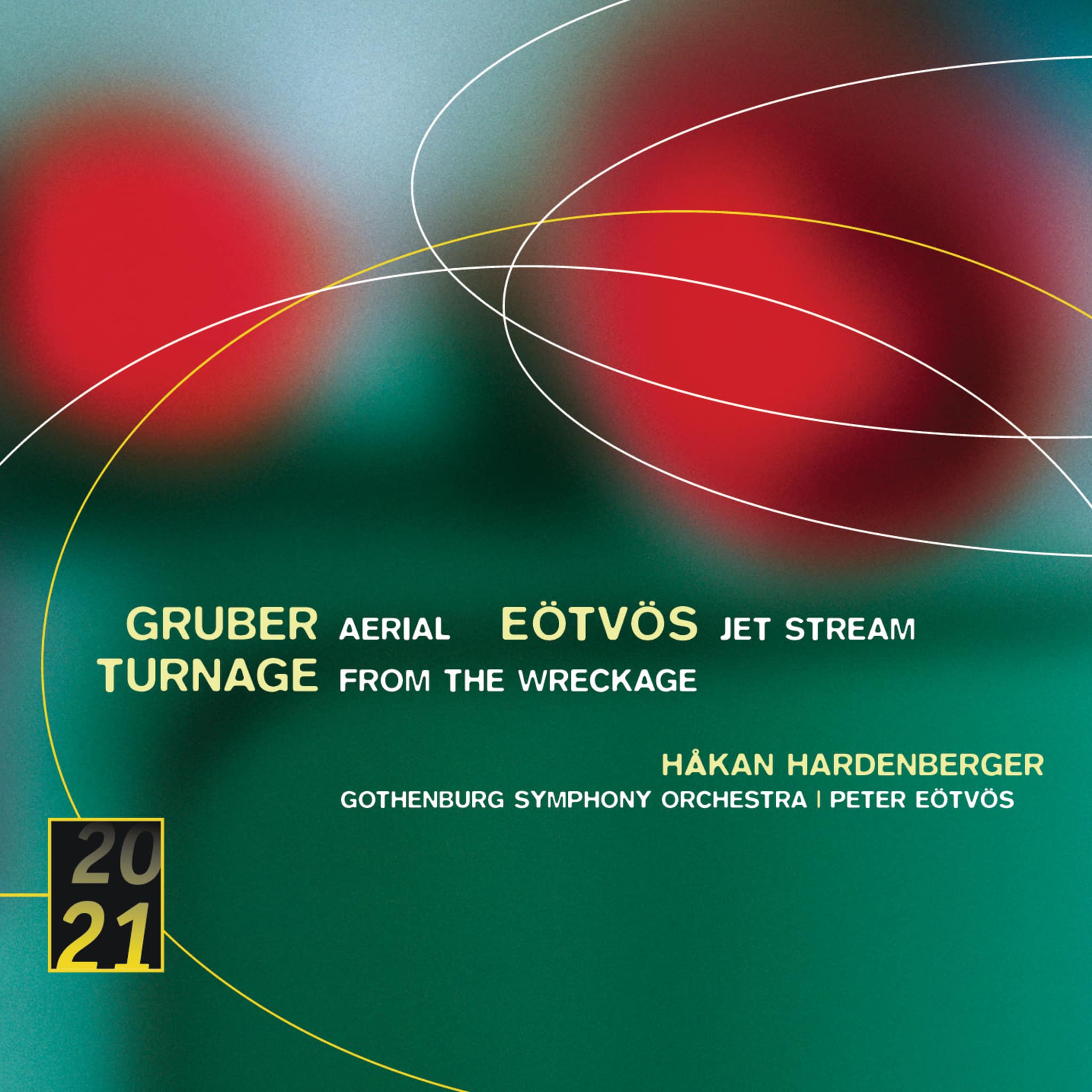Album insights
In Mozart's prestigious career as a composer of instrumental concertos, he notably solidified his status through his acclaimed series of Viennese piano concertos. These works not only showcased his compositional skills but also demonstrated his virtuosic prowess. Although his various wind concertos, except for the clarinet concerto from his final year, did not reach the same elevated level, Mozart displayed a remarkable understanding of the character and nuances of each instrument, whether it be flute, oboe, horn, or bassoon. Friendships, too, played a significant role in shaping his compositions. The concertos for horn and clarinet were tailor-made to the personalities and playing styles of Joseph Leutgeb and Anton Stadler, both close friends of Mozart in Vienna. Also, the musical finesse and agility of his Salzburg colleague Giuseppe Ferlendis, and perhaps his joy for life, left a distinct mark on the lone oboe concerto.
For numerous years, it was believed that Mozart's earliest wind concerto, notably the only one for bassoon, was written for Baron Thaddäus von Dürnitz, a bassoon player. Recent research, however, suggests that this assumption was premature. Mozart met Dürnitz in December 1774 in Munich, not before the creation of the bassoon concerto in B-flat major, K. 191/186a, dated June 4, 1774. It is likely that the concerto was intended for one of the bassoonists of the Salzburg court orchestra, possibly Melchior Sandmayr, who also played the oboe—the versatility of wind instrumentalists was crucial at that time. The 18-year-old Mozart allowed the playful side of the bassoon to shine in the rapid repeated notes and daring leaps of the first movement, showcasing both the high tenor and deep bass registers of the instrument. By the 19th century, the bassoon's timbre had become milder and more expressive, earning it the title of "An Instrument of Love" in Koch's Musical Lexicon. Mozart artfully utilized its eloquent cantabile qualities, notably highlighting the plaintive nature of the high tenor register in the slow movement.
In his grand Viennese piano concertos ten years later, Mozart preferred to work with extensive thematic material. However, the bassoon concerto, scored for a small ensemble with oboes, horns (providing tonal brilliance in B-flat major tutti passages) and strings, was a more compact affair. Utilizing only two themes in the first movement, Mozart tailored the expansive, proud opening theme to the bassoon (making the wide leaps sound dignified rather than comical), while the second theme featured sharp staccato passages for violins set against sustained oboes and bassoons. Later, the bassoon adorned this with its counter melody. The recapitulation saw a role reversal, with the bassoon playing the staccato melody and the violins, the counter melody—a clever artistic maneuver.
Similar to Mozart's violin concertos from 1775, the slow movement here, featuring muted violins and violas, embodied a meticulously crafted opera aria instrumentally. The opening phrase, a favorite tactic of Mozart, anticipated the height he would reach in the soprano aria "Porgi amor" of Countess Almaviva in "The Marriage of Figaro." Resonating with the depth of a serious opera aria, the soloist's leaps and plummets were laden with intense expressivity. The finale, designed by Mozart as a minuet-paced rondo, showcased the bassoon's playful triplets and sixteenths subverting the gallant formality of the refrain. As the solo instrument eventually played the refrain, the orchestra seemed infected with mischievous disrespect. First and second violins danced carefreely around the bassoon, while the oboes chirped in approval. The soloist bid farewell with a cheeky flourish, leading to the necessity of restoring decency in the final tutti.
The young oboist Giuseppe Ferlendis, hailing from Bergamo and already a renowned virtuoso, joined the Salzburg court orchestra in April 1777. Swiftly befriending Mozart due to their similar ages, Ferlendis became the recipient of Mozart's Oboe Concerto in C major, K. 314/271k composed during the spring or summer. Facing time constraints a few months later in Mannheim for a commissioned work for the flutist De Jean, Mozart adapted the oboe concerto for flute, accelerating the tempo of the final movement from Allegretto to Allegro and transposing the piece from C major to D major.
Originally crafted for the oboe, the concerto stood as one of Mozart's most successful instrumental concertos during his lifetime. His Mannheim friend Friedrich Ramm eventually presented it as his showpiece—and, in return, Mozart rewarded him with the Oboe Quartet K. 370. Sharing the same small Salzburg orchestra setting as the bassoon concerto (oboes, horns, strings), the Oboe Concerto was skillfully composed to bring out the mischievous charm and penetrating cantabile qualities of the instrument, especially in the Adagio non troppo. Featuring bright and transparent structures with the solo instrument often accompanied solely by the violins, the concerto began with an Allegro aperto, highlighting the oboe's vocal-like qualities and the art of breath control. A witty touch was evident as the oboe later picked up the Papageno-like cadenza from the orchestral introduction for its own playful agenda.
The Adagio non troppo was presented in an abridged sonata form and stood as another operatic aria, with the oboe embodying a tender soprano voice. Here, Mozart's characteristic chromatic touches within simple diatonic harmonies added depth, especially in the dialogues between the oboe and violins. However, the most lively moment was reserved for the exuberant rondo finale, inspired by Blonde's triumphal aria “Welche Wonne, welche Lust” in "The Abduction from the Seraglio." A new theme introduced towards the end of the orchestral tutti, although seemingly fresh, subtly transformed into a variation of the refrain with rhythmic alterations and airy canonic imitations. With typical mischievous humor, Mozart humorously pointed out the connection as the oboe pretended to play a “new” melody before casually continuing with the refrain.
"After the premiere of Haydn's Sinfonia concertante in B-flat major for violin, oboe, cello, and bassoon on March 9, 1792, the London Morning Herald described the performance as encompassing all musical excellences, profound, light, moving, and original. This work showcased a synergistic display of talents, with Johann Peter Salomon—the concertmaster and impresario—handling a prominent role for the violin. The premiere took place amidst Haydn's recent successes with his symphonies No. 93 and 98 at the Hanover Square Rooms in London, orchestrated by Salomon himself. A truly triumphant premiere followed with the Symphony No. 94, known as the “Surprise,” just two weeks later. In the midst of these symphonic victories, Haydn—under considerable pressure—crafted his “Concertante” composition, responding to the challenge posed by his former pupil Ignaz Pleyel's concerts.
Haydn's melodic and creatively elaborate composition outshined the banal and long-winded style of Pleyel. This multi-instrumental concerto featured four soloists in constantly shifting combinations—pairs of wind instruments contrasted against strings, higher instruments versus lower ones, violin and bassoon versus oboe and cello, or simply as a quartet of contrasting timbres. The opening Allegro, compared to the vibrant London symphonies of the time, exuded a leisurely and refined aura with relatively fewer harmonic transitions typical of Haydn. Utilizing four soloists brought an enchanting rather than challenging approach, prioritizing coloristic contrasts and virtuosic displays over complex thematic developments. From the moment the soloists subtly joined in the middle of the opening tutti, Haydn's music sparkled with characteristic wit and sophistication. The masterful interplay between the string and wind pairs passed alternatingly two aspects of the main theme: the violin and cello taking turns with the lyrical opening phrase, while the lively response from the entire orchestra was reinterpreted by the oboe and bassoon pair. The development section shone particularly, commencing with the main theme rendered mysteriously in D-flat major on the cello, which contrasted and sounded exotic and lush after F major, leading to a beautiful imitative dialogue with touching, chromatic figures subtly developing on the sidelines. These chromatic imitative structures found a resurgence in the elaborately crafted cadenza, marking the expressive climax of the movement.
The F major Andante, in Haydn's favored 6/8 pastoral rhythm and excluding trumpets, timpani, bassoons, and one of the orchestral oboes, presented soothing chamber music for the soloists occasionally interrupted by the orchestra unexpectedly introducing the main theme. For the final movement, exuding extravagance and counterpoint comparable to the concluding movements of the early London symphonies, Haydn held nothing back. Following a lively tutti, a catchy contredanse theme was twice delayed by seemingly ominous recitatives for Salomon before being revealed. Later, Haydn repeated this tactic following another brilliant contrapuntal development. Just before the close, a final surprise awaited as the tonality shifted from the












